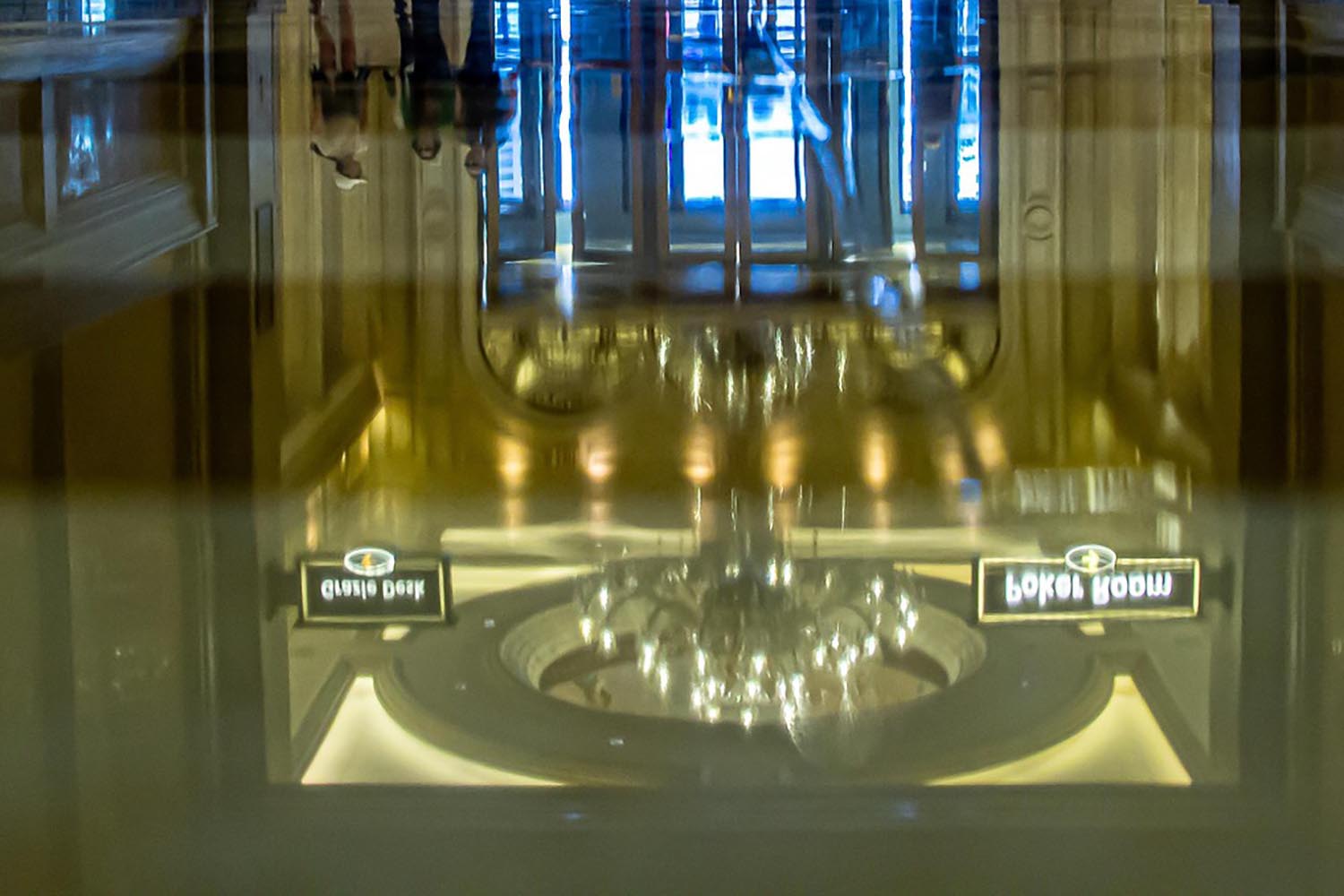Differences between marble-floor/”>marble-floors/”>marble-restoration-in-miami/”>marble-floor/”>marble/”>marble/”>marble-floor/”>marble and Granite when Polished
Introduction
Marble and granite are the most popular natural stones in construction and interior design. They are both prized for their beauty, durability, and elegance. However, marble and granite exhibit distinct appearance, durability, maintenance, and usability differences when polished. Understanding these differences is crucial for making informed decisions when choosing the right material for your projects.
Appearance
Marble and granite differ significantly in appearance when polished. Marble is known for its classic, timeless look with elegant veining patterns that run through a typically white or light-colored surface. The polish enhances its natural beauty by creating a glossy, reflective finish highlighting its veining.
On the other hand, granite offers a more varied and grainy appearance, composed of different minerals that create speckled and crystalline patterns. Polishing granite brings out the depth of its colors and makes its mineral grains sparkle, giving it a luxurious and sophisticated look.

Durability
Granite is much more durable than marble, especially when polished. Granite is highly resistant to scratches, heat, and most types of staining. Its polished surface is less porous, making it ideal for high-traffic areas like kitchen countertops and commercial floors.
Marble is softer and more porous than granite, making it more prone to scratches, etching, and stains. While polishing can enhance its appearance, it does not improve its resistance to damage. Marble is better suited for low-traffic areas or surfaces where aesthetics are prioritized over durability.
Maintenance
Polished granite requires minimal maintenance. Its moisture and staining resistance allows easy cleaning with mild soap and water. Periodic resealing is recommended to maintain its polished finish and protect it from potential damage.
Marble, on the other hand, requires more care. Since it is more porous, it can easily absorb liquids and stains. To maintain its polished appearance, it is essential to use specialized marble cleaners and apply sealers regularly. Additionally, acidic substances like lemon juice or vinegar can etch the surface, even when polished.

Cost
Generally, marble is more expensive than granite, particularly when high-quality or rare marble types are used. The polishing process can add to the cost of both materials, but granite tends to be more affordable overall, especially when considering long-term maintenance costs.
Usability
Due to its durability and low maintenance, polished granite is preferred for kitchen countertops, bathroom vanities, and outdoor applications. Its polished surface can withstand high-impact use and extreme conditions, making it a versatile choice for various applications.
Polished marble is best suited for decorative features such as flooring, wall cladding, and bathroom countertops, where elegance and visual appeal are prioritized over practicality. Its luxurious appearance makes it a favored choice in high-end residential and commercial spaces.
Conclusion
When polished, both marble and granite offer unique aesthetic and functional benefits. Choosing the right material depends on your project’s specific requirements, including durability, maintenance, cost, and overall appearance. By understanding their differences, you can make a more informed decision that perfectly suits your design and functional needs.

No responses yet